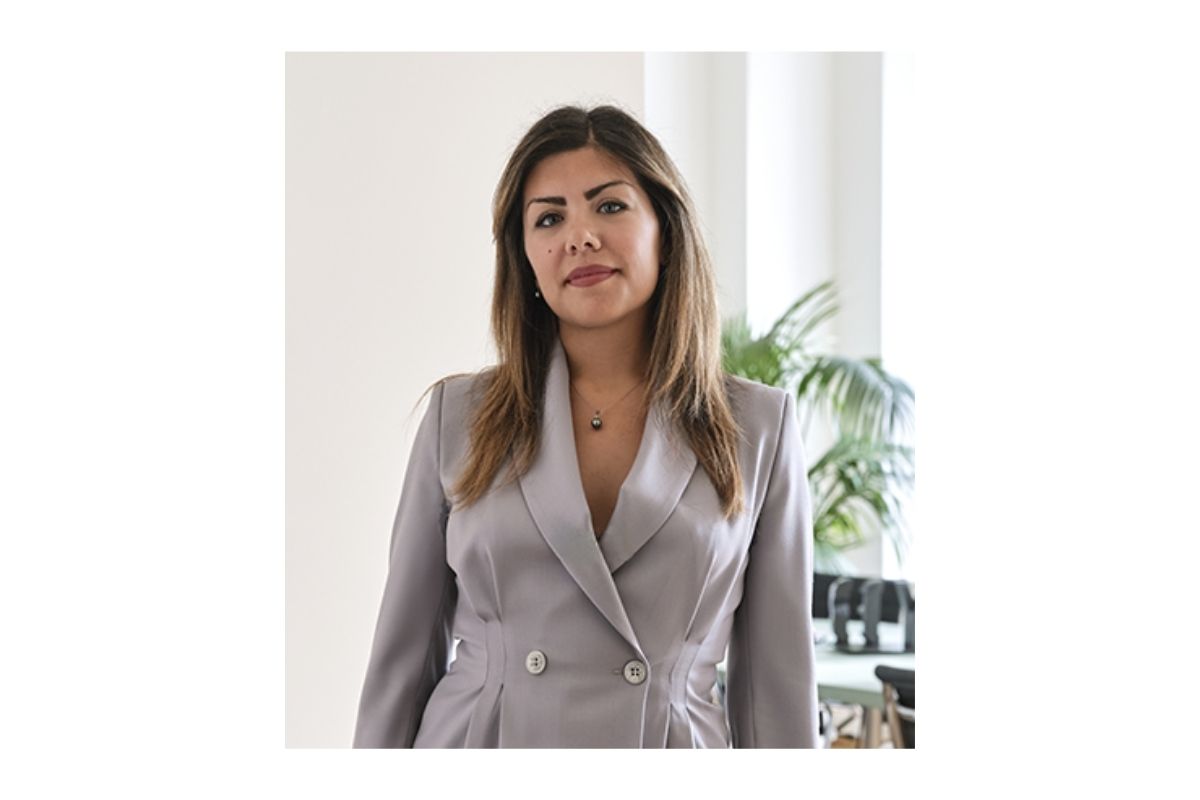The use of trusts has evolved significantly over time, adapting to the increasingly complex needs of individuals and families who wish to safeguard and enhance their wealth.
In today’s globalized world, the management of valuable assets such as artworks and collectibles (watches, jewelry, vintage cars etc.) requires sophisticated legal instruments capable of addressing both present and future challenges.
By centralizing the ownership and administration of the collection within a trust, the settlor can ensure a coherent and unified approach to its management, thereby reducing the risk of mismanagement or neglect.
The trust structure allows for the implementation of tailored governance mechanisms, including the appointment of specialized advisors or committees to oversee the collection’s preservation and growth.
In fact, the involvement of professional trustees, art advisors, and protectors that can further enhance the effective management and valorization of the collection, brings specialized expertise and oversight to the process.
This is particularly important in the art world, where the value of assets can fluctuate significantly and where proper care, insurance, and documentation are essential to maintaining and increasing value over time.
So, considering that assets protection is key, by establishing a trust it is possible to:
- guarantee unitary management of the art collection;
- avoid the dispersion and loss of economic and artistic value of the collection;
- protect the collection when the settlor is worried about the lack of experience and/or passion by his heirs/family members with regard to his collection;
- protect and preserve the settlor’s estate, even beyond the time horizon closely linked to the life of the individual;
- address specific concerns, such as the risk of forced heirship claims, divorce settlements, or business liabilities that might otherwise threaten the integrity of the art collection.
Also, in such situations, the settlor may decide to draft a letter of wishes with suggestions and desires related to the future of his collection.
This non-legal binding document can provide valuable guidance to the trustees, ensuring that the settlor’s vision for the collection is respected, even as circumstances change.
The letter of wishes can address issues such as preferred methods of display, conservation standards, or the involvement of particular family members or advisors.
In case there is the felt need to valorize the collection, through a trust is possible to guarantee a strategic management and a profitable growth of the collection in the respect of the trust deed.
This may include organizing art exhibitions in the name of the settlor’s family, lending works to museums, or acquiring new pieces to enhance the collection’s value and reputation.
The trust deed may precisely define the trustee’s powers and duties to guarantee fair asset valorization and allow discretionary decisions on the future of the assets, subject to the protector’s consent if required.
If the scope is to guarantee the transfer of art collection and/or collectibles to next generation while preserving the unitarity and their economic values, the trust may be the perfect solution.
It ensures that no asset fragmentation, economic loss, or superficiality occurs.
The settlor may also transfer only the bare ownership of the assets to the trust, retaining the usufruct right to enjoy the collection during their lifetime.
This approach allows for a smooth transition of ownership while maintaining the settlor’s personal connection to the collection.
In any case, the confidentiality afforded by trusts is particularly valuable in the art world, where privacy regarding ownership and transactions is often a priority for collectors.
The segregation of assets within the trust fund provides an additional layer of protection, insulating the collection from potential claims by creditors or other third parties.
This is especially relevant in jurisdictions where public registries of ownership are accessible, or where the collector is a public figure.
As an alternative, establishing a trust for charitable purposes can also enhance the social impact of an art collection.
This allows the settlor to support cultural, educational, or healthcare initiatives in a structured and enduring manner.
So, through the trust, the settlor can ensure that the philanthropic objectives are pursued in accordance with their personal (and family) values and long-term aspirations.
For example, a charitable trust may be established to create a foundation or museum, making the collection accessible to the public and supporting art education programs.
In light of all the above, trust flexibility allows the customization of terms and conditions in the trust deed to suit the unique characteristics of each collection and the specific wishes of the settlor: it can be drafted to address a wide range of scenarios, from the temporary loan of artworks to museums, to the sale or acquisition of new pieces, always in line with the overarching purpose of the trust.
This adaptability is one of the key reasons why trusts are increasingly favored by collectors and their advisors.
Also, considering that in an increasingly international art market, collectors often own artworks or collectibles located in multiple countries, trusts can provide a flexible framework for managing cross-border assets, addressing issues such as export restrictions, cultural property laws, and international succession rules.
At the same time, it is important to keep in mind that administration of a trust holding artworks and collectibles requires careful attention to practical matters: trustees must ensure that the collection is properly insured, stored, and maintained but also regular appraisals may be necessary to track changes in value, and detailed records should be kept regarding provenance, condition, and any restoration work.
Trustees may also need to engage experts in art law, conservation, and logistics to fulfill their duties effectively.
For example, art advisors can recommend best practices for the conservation and restoration of artworks, helping trustees select reputable conservators and ensuring that any interventions are in line with international standards, and can also arrange for regular appraisals, ensuring that the collection’s value is accurately reflected for insurance, tax, and strategic planning purposes.
This is crucial for maintaining the physical integrity and long-term value of the collection.
To illustrate the practical benefits of trusts in art context, it is useful to give an example thinking at a situation in which there is a family with a multi-generational art collection.
By placing the collection in a trust, the family can avoid disputes among heirs, ensure professional management, and create a lasting legacy.
Ultimately, the establishment of a trust represents a proactive and strategic choice for collectors who wish to ensure the long-term protection, management, and enhancement of their artworks and collectibles.
By leveraging the unique features of trusts — centralized management, asset protection, confidentiality, and flexibility— collectors can really safeguard their art collections and collectibles for future generations, support philanthropic goals, and navigate the complex legal and tax landscape of the current art world.
As the market for art and collectibles continues to grow and evolve, the role of trusts in this field is likely to become even more significant, offering innovative solutions to the challenges faced by today’s collectors.





